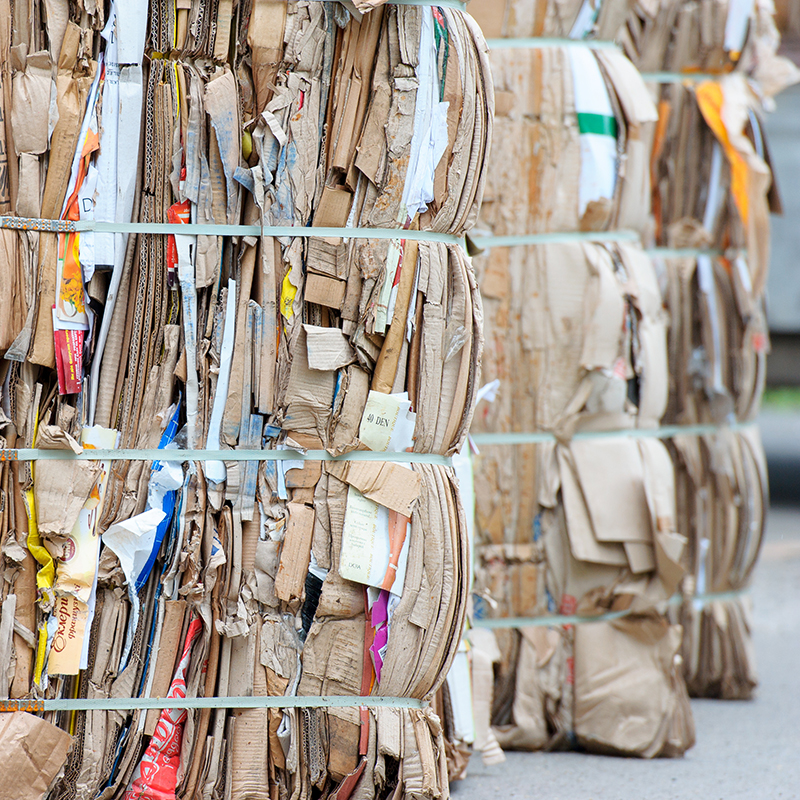Sustainability is a keyword of our time and often the center of public discussion. But bright minds were already thinking about what sustainable economic activity could look like decades ago. Max Himmelheber from Karlsruhe came up with a momentous invention. The son of a carpenter was pondering the question of how more could be made from a tree. In his day, in the 1930s, only around 40% of a felled tree was used and the rest scrapped. So Himmelheber set to work and developed a clever method where he glued and pressed together wood waste in the form of chips. He named this invention, which at first glance seems quite mundane, “homogeneous timber” and patented it in 1932.
Glued and pressed
After the war, he continued to tinker with his idea in a laboratory in Baiersbronn in the Black Forest. From there, he had almost 100 licensed plants built worldwide for his “homogeneous timber” panels. Today, his invention is known as “chipboard” or “press board” – and it is impossible to imagine German households without it. 80% of a felled tree is used nowadays – thanks to the invention by Max Himmelheber, who realized early on how important it is to use resources sparingly.
(Image: fotoliaxrender – Fotolia.com)






